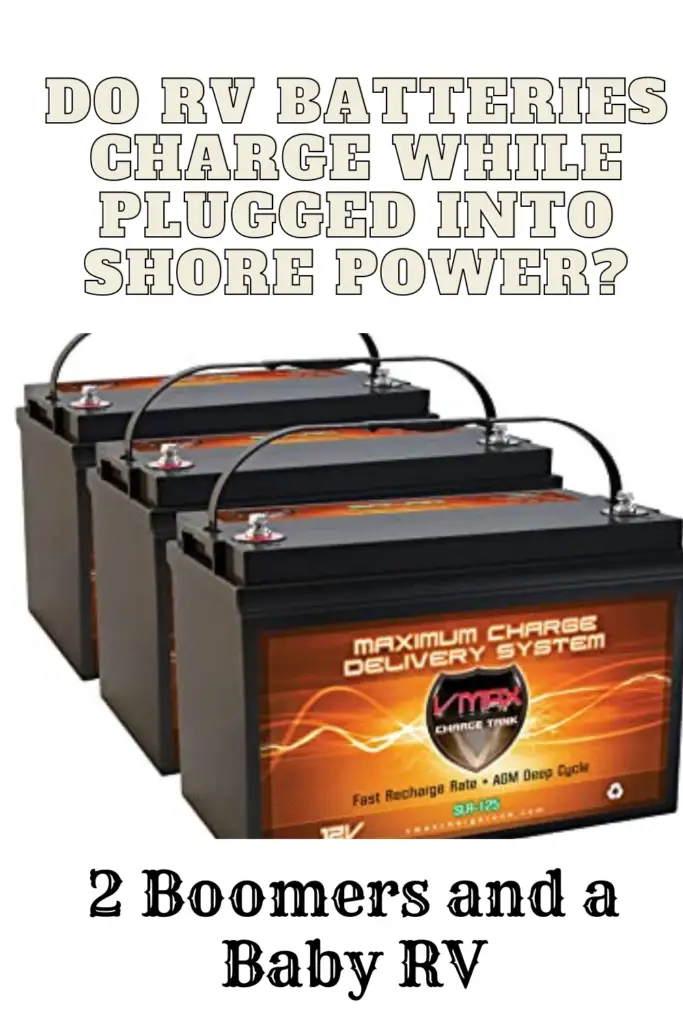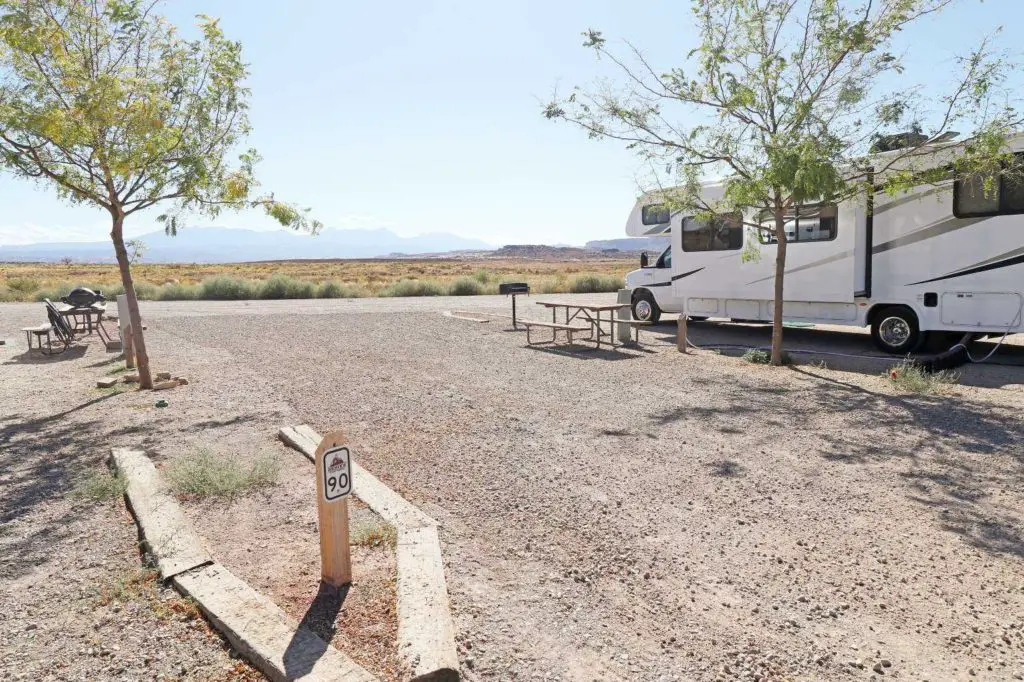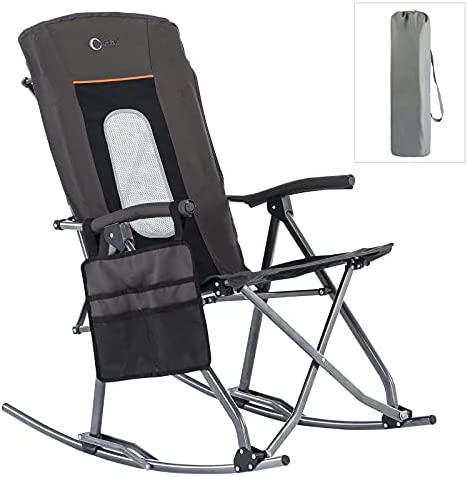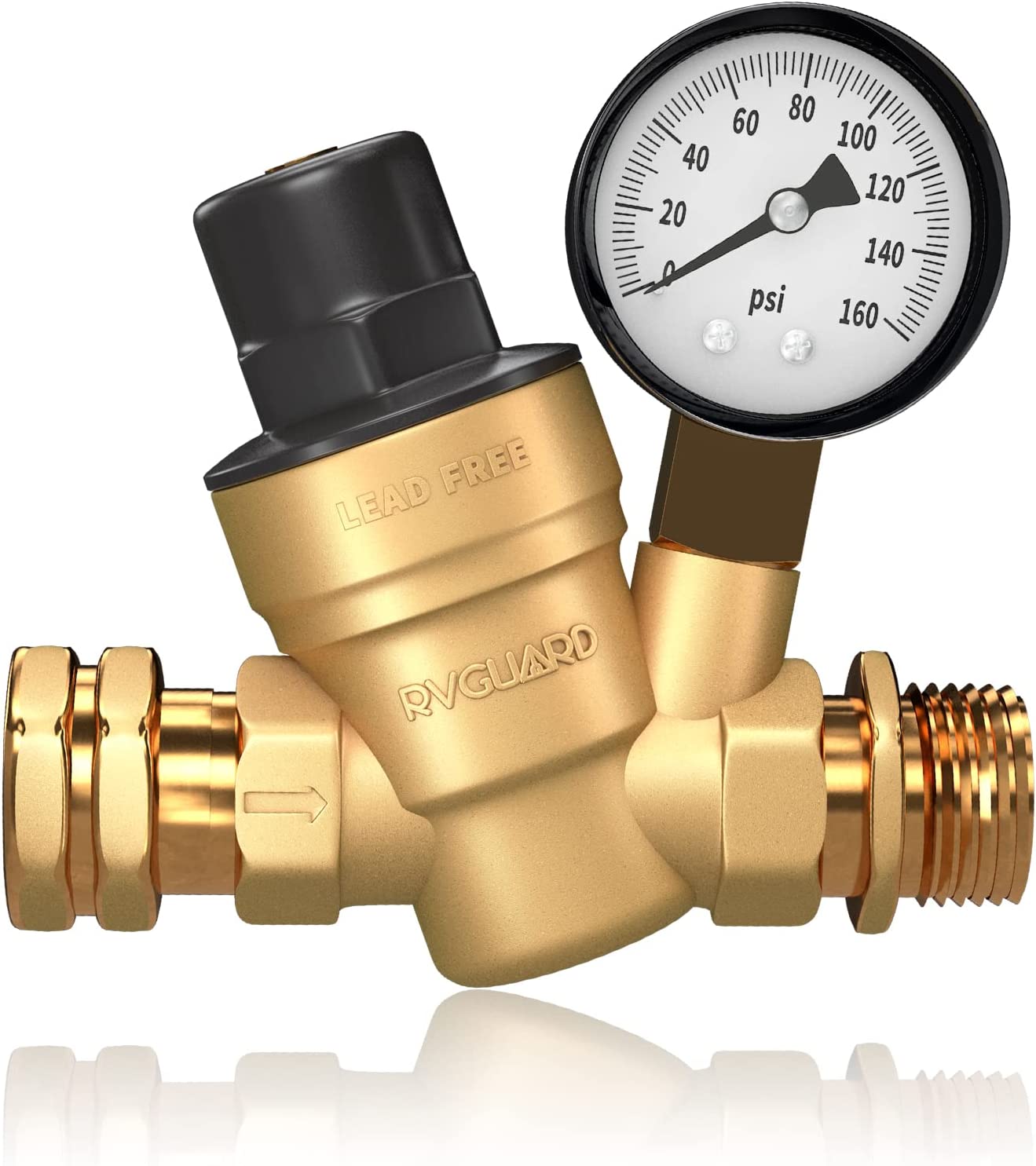Do RV batteries charge while plugged into shore power?
Yes, with the help of your converter your RV house battery will be charging while it is plugged into shore power. 120V power source runs through your converter to produce a 12V power source that charges your house batteries, This 12V power is also used for lights, fans, and water pumps.

RV Battery
Types of RV batteries
There a 3 commonly used batteries in an RV: Lithium, AGM (absorbent glass mat), and lead-acid batteries.
Lithium Batteries
A lithium-ion battery is a type of rechargeable battery that is charged and discharged by lithium ions moving between the negative (anode) and positive (cathode) electrodes.
Because lithium-ion batteries are suitable for storing high-capacity power, they are used in a wide range of applications. Uses include RVs, consumer electronics such as smartphones and PCs, industrial robots, production equipment, and automobiles.
AGM Batteries
An Absorbed Glass Mat battery, or AGM battery, is filled with fiberglass matting. The matting is covered with an acid and electrolyte mixture, then packed between the plates of the battery. Because of this design, oxygen, and hydrogen combine and replace the water content of the battery. These batteries discharge slower and will last longer when stored. Also, You don’t need to equalize the battery or add distilled water to it. There’s no corrosion, so you don’t need to clean the battery terminals. Somewhat still pricy, but a good choice for the RV enthusiast.
Lead Acid Batteries
Being the least expensive of the 3, Lead-acid batteries are made up of individual cells that are connected internally in series. Each cell contains lead plates with a separator between them and is filled with an electrolyte made from a mixture of sulfuric acid and water. The batteries require occasional inspection of the cells to maintain proper water levels. This battery is not suggested for your RV due to maintenance and life expectancy. Less stress on the pocketbook upfront, but if not taken care of you may need to replace it every 2-3 years or even less.
What type of RV battery should I use?
Our choice for RV use is the Lithium battery for its long life. The downside is limited cold-weather performance and upfront cost. The cost is really offset in the long run though because of its extended battery life. As long as it is properly maintained it will pay off spending a little extra.
RV shore power
Shore supply for an RV is when you can plug into an AC electrical grid bringing in 120V to your RV. This 120V power source can be used as-is for AC, RV outlets, large appliances, and anything else requiring higher voltage. This 120V source with the help of a converter can also be converted into 12Vs to power lights, 12V receptacles, fans, and your RV battery charging.
Most common RV campsite’s electrical pedestals provide 30amps and 50amps which are connected by using an RV power cord.
RV Battery Charge: 5 things you need to know
Can I charge my RV batteries with solar?
Yes, this is the most common use of solar panels when boondocking or off-grid camping. A 100-watt solar panel can be used to charge an RV battery. Remember though if you are using the battery, you will have to replace the charge for the power used. This will extend how much time it takes to fully charge.
If solar is a direction you are wanted to head, check out the Best solar RV set up to create the most energy for a how-to step-by-step guide to build the perfect off-grid RV power source.
How long does it take to charge a dead RV battery?
Charging can take as long as 8 hours depending on your charging device, car alternator, RV converter, or battery charger. This is especially true if you have drained your battery to too low of levels. There are some quick charging machines you can purchase to speed up this charging process, but it is best to not let it get to that point.
Should I disconnect the battery when in storage?
You should disconnect the battery when stored and keep it in a warm, dry place. It is also recommended that you use a battery tender to keep the battery from completely discharging. Furthermore, if connected to shore power you may want to disconnect the battery switch to keep from overcharging your batteries. A trickle charger can also be used to keep your battery fully charged and ready to go. Remember to use a quality charger that has the technology to shut off and not overcharge the battery.
What is an RV Trickle Charger?
Trickle charging means charging a fully charged battery at a rate equal to its self-discharge rate, thus enabling the battery to remain at its fully charged level; this state occurs almost exclusively when the battery is not loaded, as trickle charging will not keep a battery charged if the current is being drawn by a load. A battery under continuous float voltage charging is said to be float-charging. Perfect for RV battery charging all winter when done correctly and with the right device.

Troubleshooting battery
RV converter is not charging my battery
To start troubleshooting, begin with the battery itself. Older batteries that have not been properly maintained will not hold the proper charge or even charge at all. Check for corrosion on the terminals and assure the wiring is firmly connected.
Next check your circuit board for blown fuses, burnt diodes, and resistors. Lastly, make sure your shore power connecting is good and the pedestal itself is not at fault. If these all check out, it could be the converter itself that is bad and needs to be tested.
No power from the RV battery
If you are getting no power from your RV battery, the first stop should be your breaker panel. Make sure you have no breakers that have been tripped from short circuits or overloads.
Did you charge your batteries? I know this sounds like common sense, but it happens more than you might think. Could it be your battery disconnect switch is in the wrong position?
A common issue when not getting power from the battery is the battery itself. The most common reason you see RV house batteries dying is age. Other possible problems can stem from not being charged properly, taking on too much of a load repeatedly, improper storage when not in use, or lack of regular maintenance.
Last but not least, is the device you are trying to power a DC-operated device? Make sure that you know the difference between AC-operated devices and DC-operated devices. The AC-operated features will not work unless you are plugged into a horsepower or using an inverter. Those features include your microwave, AC unit, television, or anything that plugs into a 120V outlet to work.
How can I tell if my deep cycle battery is bad?
You can test your deep cycle battery’s charge level in several ways. The most common methods use a multimeter, voltmeter, or wattmeter. When you decide to test with a voltmeter, we recommend using a digital meter rather than an analog meter as it will be more accurate in measuring millivolt differences.
Test 1 – Inspect the battery
- Broken terminal
- Bulge or bump in the case
- Crack or rupture of the plastic
- Excessive leaking
- Discoloration
Test 2 – Check for the correct voltage
| State of Charge | Voltage |
| 100% | 12.7 – 13.2 |
| 75% | 12.4 |
| 50% | 12.1 |
| 25% | 11.7 |
| Discharged | 0 – 11.6 |
Test 3 – Load test the battery
What we mean by the load is using a device or 2 that draws from the battery source. A healthy 12-volt battery should maintain a voltage range from 9.6 – 10.5 volts under the load for a good 30 seconds straight.
If the battery holds under load for a few seconds then voltage starts to steadily drop this would indicate a problem with the battery. If the voltage instantly drops to 0 volts, that is also a problem.




